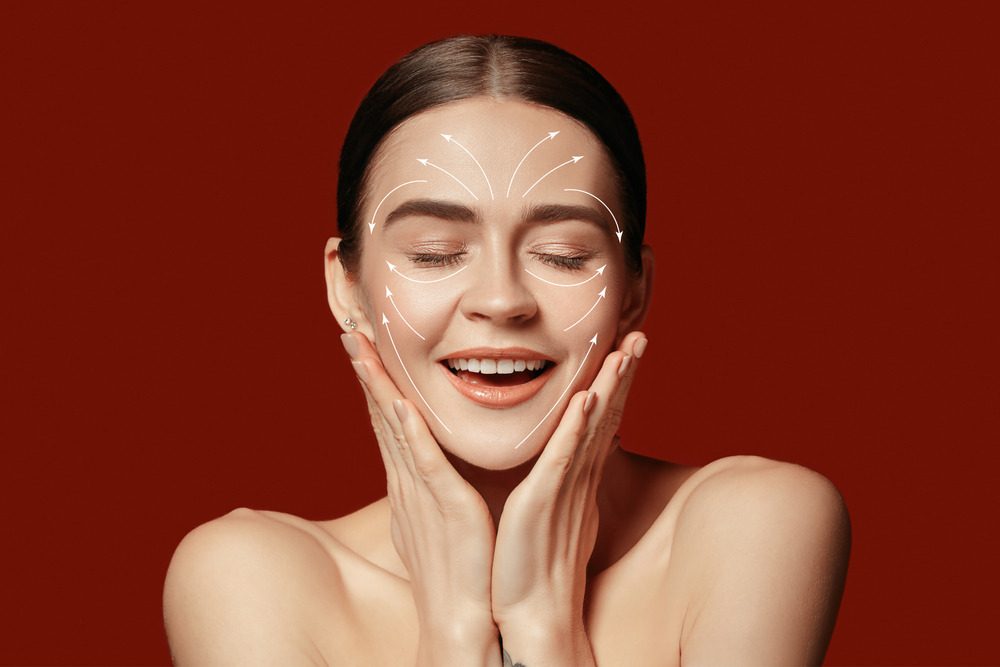Ulthera vs Thermage: Which Treatment Is Right For You?
Do you have concerns about sagging or loose facial skin? Ulthera and Thermage are two popular procedures for facial skin tightening. Our blog focuses on breaking down the differences between Ulthera and Thermage so you can understand the processes and choose the most effective treatment for your goals.
What Are Ulthera And Thermage Treatments?
Ulthera (or Ultherapy) is an innovative technology that targets facial wrinkles and sagging with focused ultrasound energy. It delivers targeted ultrasound energy to the SMAS layer, the same deep layer addressed in surgical facelifts, to help tighten skin and promote a firmer, more youthful look.
Thermage is an equally popular technology for skin tightening. It uses high-frequency radio waves to generate heat in the dermis and subcutaneous layers. This process tightens skin, reduces sagging, and can even improve facial contours by targeting fat, ultimately leaving you with a more youthful look.
Differences Between Ulthera And Thermage
Both treatments utilize distinct energy wave technologies to target specific skin layers and address unique skin concerns. Below, we will discuss the working principles for each treatment, providing insights into the type of results each offers.
How Ulthera Works
The Ulthera treatment works by using high-energy focused ultrasound to tackle skin issues. This process involves emitting sound waves that generate heat, reaching a temperature of 60-70°C. The heat targets the deeper layers of the skin, and the depth of penetration depends on the type of transducer used. There are three types of transducers available for this treatment:
- The 1.5 mm transducer is ideal for treating superficial skin layers, the epidermis, and the dermis and addressing fine lines.
- The 3.0 mm transducer targets the subcutaneous fat layer and is suitable for tightening areas around the facial frame and forehead. It also reaches down to the SMAS layer in areas with thinner skin.
- The 4.5 mm transducer is specifically designed for facial tightening. It targets the SMAS layer with horizontal collagen, which is ideal for addressing sagging cheeks, double chin, and neck wrinkles.
The Ulthera machine uses energy to create small 1 mm thermal coagulation points under the skin. This treatment can effectively treat sagging and wrinkles and provide a non-surgical lift. It can be applied to all facial areas and the body. It is particularly beneficial for those who want to achieve a more contoured and youthful appearance without experiencing significant downtime.
How Thermage Works
Thermage is an exceptional skin-tightening treatment that uses high-frequency monopolar radiofrequency energy to gently heat the skin at a temperature of 40-50°C. This therapy effectively penetrates deep into the dermal and subcutaneous layers, effortlessly causing the water and collagen molecules to separate. Consequently, the skin is tightened instantly, leaving you with a rejuvenated and youthful glow.
To ensure absolute comfort throughout the procedure, Thermage is equipped with a state-of-the-art vibration system that mitigates discomfort. Additionally, it features cooling bursts that help reduce side effects and prevent burns. The heat tightens the skin and stimulates fat breakdown, leading to collagen and elastin regeneration. With Thermage, you can expect firmer skin, diminished wrinkles, and a more defined facial contour.
FAQ: Choosing Between Thermage vs Ulthera
Q: Which skin concerns are best addressed by Thermage or Ulthera?
A: Thermage tightens and firms skin while enhancing facial contours non-surgically by stimulating collagen regeneration. Ulthera is ideal for skin laxity, wrinkles, and facial fat accumulation. It’s effective on various facial areas, including the jawline, neck, and upper chest, and offers eyelid lifting to rejuvenate overall facial appearance.
Q: Which procedure is more painful, Thermage or Ulthera?
A: Ulthera tends to be slightly more painful due to its deep energy penetration into the SMAS layer, causing brief stinging sensations. Patients can request additional numbing to alleviate discomfort. Thermage, with its vibration system and cooling feature, might feel warm on the skin but generally causes less discomfort, especially in areas with thinner skin layers.
Q: Do Thermage and Ulthera cause facial swelling post-treatment?
A: Post-Thermage treatment, some swelling may occur for 1-2 hours, along with temporary redness from the heat, which will gradually subside. Ulthera may result in swelling lasting about two weeks, depending on individual skin conditions and aftercare practices.
Q: How long do the results from Thermage and Ulthera last?
A: The results of Thermage can last for 1-2 years, while Ulthera effects typically last for about one year. You must consider your skin issues and condition when choosing a treatment to ensure targeted and effective care. After a thorough evaluation, our doctors will guide you on what’s best for your needs. It’s not advisable to base your decision solely on the duration of results.
“For personalized guidance on selecting the right skin tightening program, consult with expert dermatologists about Ulthera and Thermage at Privato Clinic.”
Book Your Skin-tightening Treatment At Privato Clinic
If you’re seeking to improve your facial appearance and boost your confidence, Privato Clinic can help. We offer consultations with dermatology experts in Ulthera and Thermage treatments, two popular facial skin tightening programs. As a leading beauty clinic, Privato Clinic is committed to addressing your skin concerns and helping you achieve the facial aesthetics you desire. Contact us today to learn more about Thermage and Ulthera treatment costs and special offers at any of our three convenient locations in Bangkok.
Reference:


